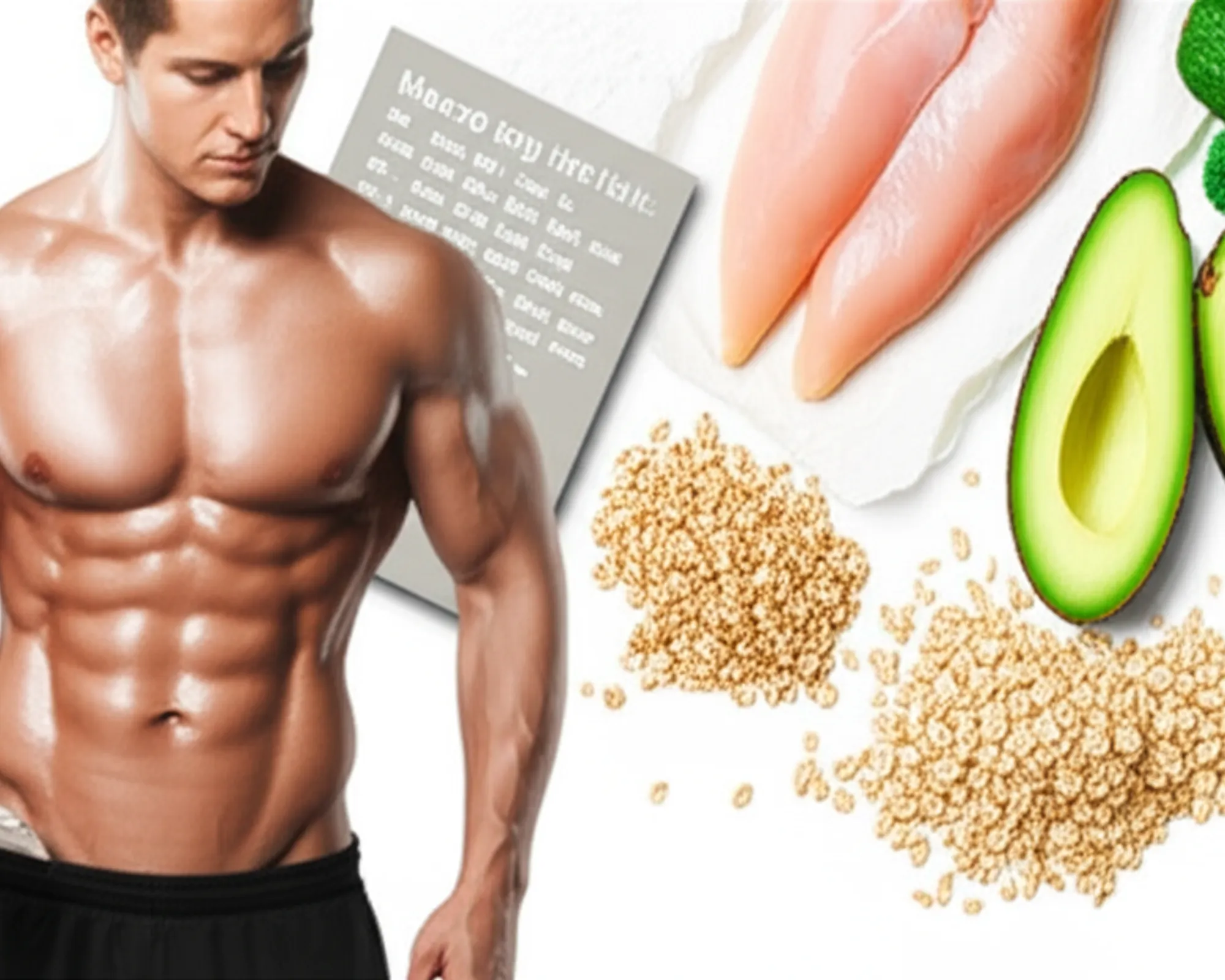Best Gym Schedule for Busy Professionals

In the relentless juggle of deadlines, meetings, and family commitments, finding time for the gym often feels like an impossible luxury for busy professionals. The idea of dedicating hours to working out can seem daunting, leading many to postpone their fitness goals indefinitely. But what if we told you that achieving your fitness aspirations doesn't require sacrificing your career or personal life? It’s not about finding more more time; it’s about optimizing the time you have.
The Busy Professional's Fitness Dilemma
The modern professional faces a unique set of challenges: long work hours, frequent travel, mental fatigue, and the constant pressure to perform. These factors often leave little energy or motivation for physical activity. However, neglecting physical well-being can lead to increased stress, decreased productivity, and long-term health issues. The good news is that even a well-structured, efficient gym schedule can significantly mitigate these risks, boosting your energy, focus, and overall quality of life.
Core Principles for a Sustainable Gym Schedule
Before diving into specific schedules, let's establish the guiding principles that make fitness sustainable for busy individuals:
- Consistency Over Intensity: Regular, moderate effort yields better long-term results than sporadic, intense bursts that lead to burnout. Aim for what you can consistently stick to.
- Efficiency is King: Every minute in the gym counts. Focus on exercises and routines that deliver the most bang for your buck.
- Listen to Your Body: Overtraining leads to fatigue and injury. Incorporate rest and recovery, and don't be afraid to adjust your schedule based on how you feel.
- Integrate, Don't Isolate: Your fitness routine should complement your life, not feel like a separate, demanding obligation.
Understanding Your Availability Archetype
The "best" schedule is highly personal and depends on when you can realistically commit time. Identify which archetype best describes your primary window for exercise:
- The Early Bird: You thrive on routine and prefer to get your workout done before the workday even begins, enjoying the quiet gym and the energy boost for the day ahead.
- The Lunchtime Lifter: Your midday break offers a perfect opportunity for a quick, intense session, breaking up your workday and clearing your head.
- The Evening Warrior: You use your post-work hours to decompress, relieve stress, and train, perhaps as a transition from work to home life.
- The Weekend Warrior: Weekdays are too unpredictable, so you dedicate longer, more focused sessions to your Saturday and Sunday.
Optimizing Your Workout Split for Time Constraints
Once you know your availability, choose a workout split that maximizes efficiency:
1. Full Body Workouts (2-3 times per week):
Ideal for beginners or those with very limited time. Each session targets all major muscle groups, ensuring comprehensive training. This approach allows for ample recovery days between sessions.
- Example: Monday, Wednesday, Friday mornings/evenings.
- Focus: Compound movements like squats, deadlifts, bench press, overhead press, and rows.
2. Upper/Lower Split (4 times per week):
Great for intermediate lifters looking for more volume per muscle group. It balances intensity with recovery, allowing you to hit each muscle group twice a week.
- Example: Monday (Upper), Tuesday (Lower), Thursday (Upper), Friday (Lower).
- Focus: Dedicated days for upper body (chest, back, shoulders, arms) and lower body (legs, glutes).
3. Push/Pull/Legs (PPL - 3 or 6 times per week):
A more advanced split suitable for those who can commit more frequently. Muscles are grouped by function, allowing for high frequency and volume.
- Example (3x/week): Monday (Push), Wednesday (Pull), Friday (Legs).
- Example (6x/week): Push, Pull, Legs, Push, Pull, Legs, Rest.
- Focus: Push (chest, shoulders, triceps), Pull (back, biceps), Legs (quads, hamstrings, glutes, calves).
4. Micro-Workouts (Daily, 15-20 minutes):
When even a full 30-45 minute session is impossible, short, hyper-focused workouts can be incredibly effective. These can be spread throughout the day.
- Example: 15 minutes of squats and push-ups in the morning, 15 minutes of core work at lunch.
- Focus: Maintaining consistency and breaking sedentary periods.
Strategies to Maximize Efficiency in Short Sessions
- Prioritize Compound Movements: Exercises like squats, deadlifts, bench presses, overhead presses, and rows work multiple muscle groups simultaneously, giving you more bang for your buck.
- Supersets and Circuits: Minimize rest by pairing two exercises back-to-back (superset) or performing a series of exercises consecutively (circuit). This keeps your heart rate up and saves time.
- High-Intensity Interval Training (HIIT): For cardio, short bursts of intense exercise followed by brief recovery periods are incredibly time-efficient and effective for cardiovascular health and fat loss.
- Focus on Strength Training: Building muscle not only improves your physique but also boosts your metabolism, making it a highly efficient use of gym time.
- Warm-up and Cool-down Efficiency: Keep these brief but effective. Dynamic stretches for warm-up, static stretches for cool-down.
Sample Schedules for Different Professional Lifestyles
Here are a few templates you can adapt:
The "Morning Mover" (3x/week Full Body):
- Monday, Wednesday, Friday: 6:00 AM - 7:00 AM (45-50 min workout + 10-15 min warm-up/cool-down)
- Focus: A compound lift (squats or deadlifts), an upper body push, an upper body pull, and a core exercise.
The "Lunch Break Power-Up" (3-4x/week Micro-Workouts):
- Tuesday, Thursday: 12:30 PM - 1:15 PM (30 min intense workout + 15 min change/travel)
- Focus: One day upper body, one day lower body, using supersets or circuits to maximize intensity.
The "After-Work Wind-Down" (4x/week Upper/Lower Split):
- Monday, Tuesday, Thursday, Friday: 6:00 PM - 7:15 PM (60 min workout + 15 min warm-up/cool-down)
- Focus: Dedicated upper and lower body days, allowing for more volume and specific muscle group attention.
Beyond the Gym: The Holistic Approach
Your gym schedule is just one piece of the puzzle. For optimal results and sustained well-being, consider these vital components:
- Nutrition: Fuel your body with whole, unprocessed foods. Meal prepping can save immense time during busy weeks.
- Sleep: Aim for 7-9 hours of quality sleep. Recovery happens during sleep, and it’s crucial for energy levels and muscle repair.
- Stress Management: Exercise is a great stress reliever, but also incorporate mindfulness, meditation, or hobbies to manage mental load.
- Hydration: Drink plenty of water throughout the day to support bodily functions and performance.
Conclusion: Fitness as an Investment, Not an Expense
Creating an effective gym schedule as a busy professional isn't about finding extra hours; it's about making smart choices, being consistent, and treating your fitness as a non-negotiable investment in your health, productivity, and happiness. Start small, be flexible, and remember that any movement is better than no movement. Your body and your career will thank you for it.


